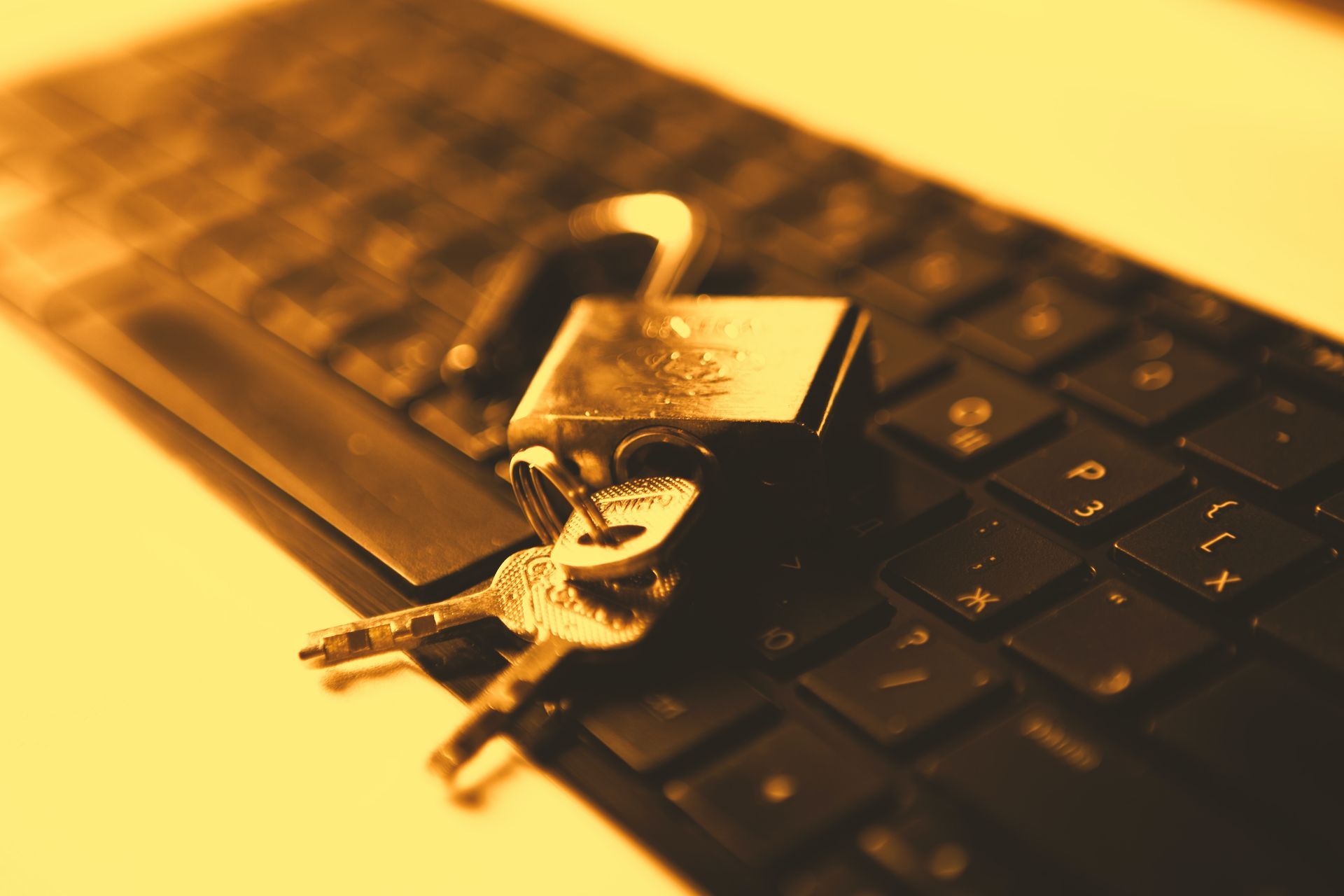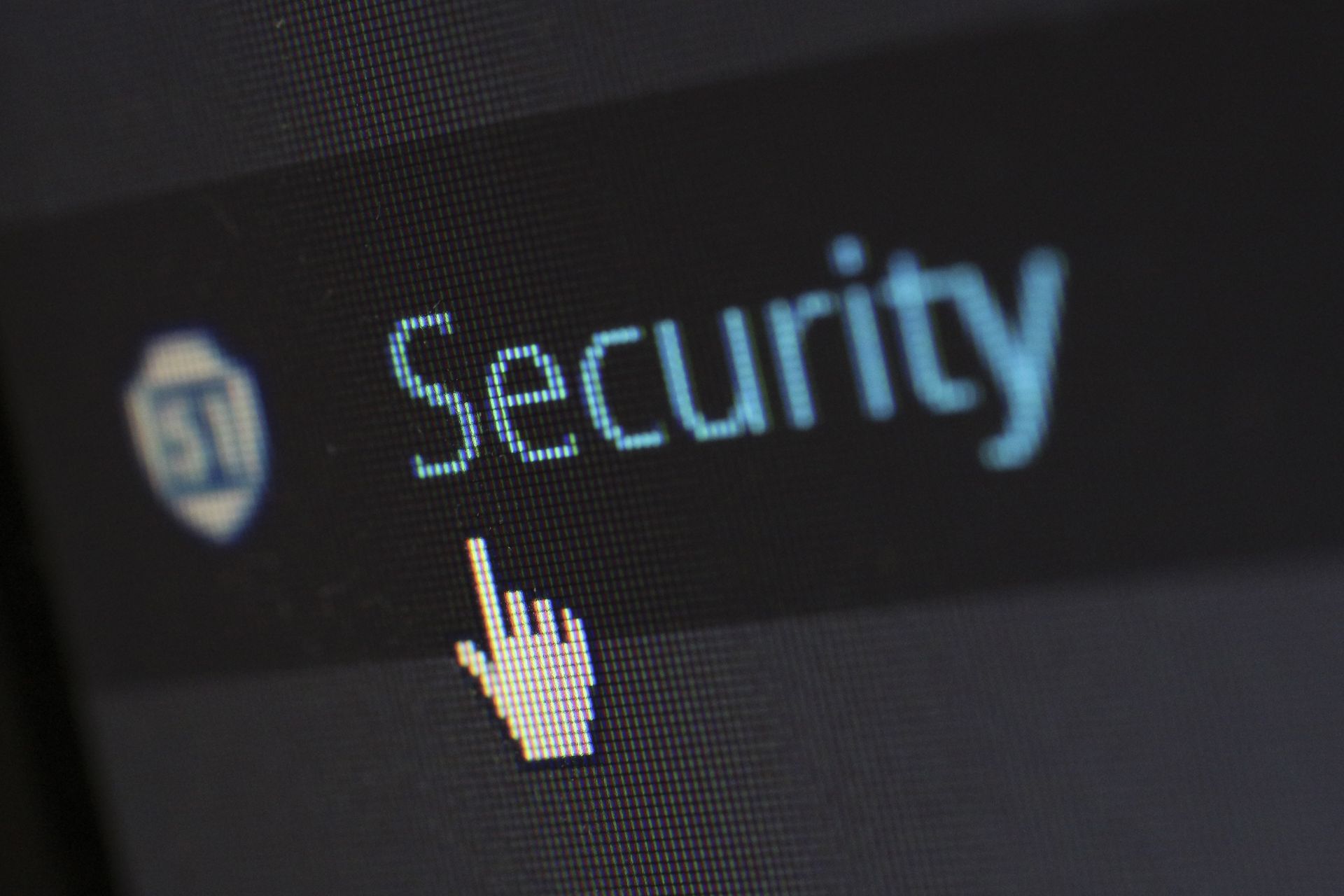In today’s online environment, where data breaches and cyber threats have become all too common, applying cybersecurity standards and frameworks and ensuring the security of sensitive information has never been more crucial. Businesses of all sizes and across various industries are vulnerable to cyber attacks that can have devastating consequences, including financial losses, reputational damage, and legal liabilities.
Cybersecurity standards and frameworks provide a structured approach to safeguarding digital assets, establishing effective security controls, and ensuring compliance with relevant regulations. These standards serve as guidelines, best practices, and benchmarks that organizations can adopt to enhance their cybersecurity posture. By implementing these standards, businesses can proactively identify vulnerabilities, establish robust defense mechanisms, and respond effectively to potential security incidents.
Cybersecurity standards offer a comprehensive framework for organizations to assess, plan, and implement security measures. They address various aspects of cybersecurity, including risk management, access controls, incident response, network security, data protection, and employee awareness. These standards are developed and maintained by industry experts, regulatory bodies, and international organizations, ensuring that they reflect the latest trends, emerging threats, and evolving technologies.
Frameworks, on the other hand, provide a more flexible and customizable approach to cybersecurity. They offer a set of guidelines, controls, and recommendations that organizations can adapt to their specific needs, risk profiles, and regulatory requirements. Frameworks allow businesses to tailor their security strategies and align them with their unique operational environments and business objectives.
The importance of cybersecurity standards and frameworks cannot be overstated. They provide a structured and systematic approach to cybersecurity, enabling organizations to proactively identify and mitigate risks, protect critical assets, and maintain the trust of their customers, partners, and stakeholders. Compliance with these standards not only demonstrates a commitment to cybersecurity but also helps organizations meet legal and regulatory obligations, thereby reducing the likelihood of legal repercussions and financial penalties.

What are cybersecurity standards and frameworks?
Cybersecurity standards and frameworks are essential guidelines and structured methodologies that organizations can adopt to establish robust cybersecurity practices and protect their information systems and data from a wide range of threats. These standards and frameworks provide a comprehensive set of best practices, processes, and controls that help organizations manage cybersecurity risks effectively.
Cyber threats continue to evolve rapidly, with new attack vectors and vulnerabilities emerging regularly. In such an environment, it is crucial for organizations to have a proactive and systematic approach to cybersecurity. This is where cybersecurity standards and frameworks come into play.
These standards and frameworks serve as a foundation for organizations to build their cybersecurity programs. They offer a structured framework for identifying potential risks, assessing vulnerabilities, implementing protective measures, and responding to security incidents. By adopting these standards, organizations can create a more resilient security posture and safeguard their critical assets and sensitive data.

Cybersecurity standards and frameworks cover various aspects of information security, including risk management, access control, network security, incident response, data protection, and employee awareness training. They provide a set of guidelines that organizations can follow to ensure they have appropriate security measures in place.
Cybersecurity standards and frameworks are not one-size-fits-all solutions. Each organization needs to evaluate its specific requirements and industry regulations to select the appropriate framework that aligns with its needs. Factors such as the organization’s size, industry, regulatory compliance, and risk tolerance play a significant role in determining the suitable framework.
Why do you need cybersecurity standards and frameworks?
Organizations need cybersecurity standards and frameworks for several important reasons. Firstly, they provide a structured approach to assess and manage cybersecurity risks. These standards help organizations identify potential threats and vulnerabilities, evaluate the potential impact of those risks, and implement appropriate controls and safeguards to mitigate them.
According to Sophos, more than half of all financial institutions were hit by ransomware within the last year, a 62% increase from the previous year. By following established standards, organizations can systematically address potential security gaps and minimize the likelihood and impact of cyber incidents.
Cybersecurity standards and frameworks often incorporate regulatory compliance requirements. Many industries have specific cybersecurity regulations and obligations that organizations must adhere to. By implementing recognized standards, organizations can meet legal and industry-specific requirements. This helps them avoid penalties and demonstrates their commitment to security and data protection.
Moreover, cybersecurity standards and frameworks encapsulate best practices and recommendations. They are developed based on industry expertise and experience, providing a compilation of effective security measures. By adopting these standards, organizations can benefit from the collective knowledge and wisdom of cybersecurity experts. This enables them to avoid common pitfalls, implement effective security measures, and reduce the risk of successful cyber attacks.

Maintaining stakeholder trust is another critical aspect. Organizations that handle sensitive information and data need to demonstrate their commitment to cybersecurity. Adhering to recognized cybersecurity standards and frameworks helps build customer trust and confidence. It signals to customers, partners, and stakeholders that organizations take data protection and privacy seriously, and have implemented appropriate security measures to safeguard their sensitive information.
Cybersecurity standards and frameworks also emphasize the importance of incident response planning and preparation. They provide guidelines on establishing effective incident response processes, including detecting and responding to security incidents, minimizing their impact, and recovering operations efficiently. By following these frameworks, organizations can be better prepared to handle security incidents, reducing downtime, minimizing financial losses, and maintaining business continuity.
Your guide to assessing cybersecurity risks before they harm valuable assets
Most importantly, cybersecurity is an ongoing effort. Threats evolve rapidly, and organizations must continuously adapt and improve their security practices. Cybersecurity standards and frameworks provide a roadmap for organizations to establish a cycle of continuous improvement. They help organizations assess their security posture, identify areas for enhancement, and establish processes for ongoing monitoring, evaluation, and refinement of their security controls. This ensures that organizations stay up-to-date with emerging threats and maintain a proactive and resilient security posture.
Failing to meet cybersecurity standards has legal consequences
Cybercrime poses a significant threat to businesses today, with data breaches costing an average of $4.24 million. However, many businesses fail to grasp the urgency of meeting cybersecurity standards, risking legal consequences and financial losses. Understanding the implications of various regulations can shed light on the importance of compliance.
Internationally, the General Data Protection Regulation (GDPR) in the European Union and China’s Data Security Law hold significant weight. Even U.S. companies can be subject to GDPR if they partner with European firms, store data in the EU, or collect data from European customers. Similarly, non-Chinese companies storing or collecting data in China fall under the scope of China’s Data Security Law. Failure to comply with these regulations can result in substantial fines, potentially reaching millions of dollars, and may even impede operations in other countries.
Industry-specific regulations also play a crucial role. The Health Insurance Portability and Accountability Act (HIPAA) sets strict standards for handling healthcare data. Violations of HIPAA can lead to fines of up to $1.5 million per year, criminal charges, and imprisonment. The Gramm-Leach-Bliley Act (GLBA) governs financial information and carries hefty penalties, including fines and jail time.

Government contracts bring additional layers of scrutiny. Companies holding these contracts must meet stringent cybersecurity standards. Failure to comply can result in penalties, including the termination of lucrative contracts. Even past noncompliance can pose legal risks when bidding for government contracts, as demonstrated in the Aerojet case.
At the state level, cybersecurity legislation varies. The California Consumer Privacy Act (CCPA) is a notable example, requiring companies to be transparent about data collection and granting consumers more control over their data. Violating the CCPA can lead to fines ranging from $750 per incident to millions of dollars, depending on the number of affected customers.
Governments worldwide are prioritizing cybersecurity, and businesses must follow suit. Apart from the financial losses associated with data breaches, noncompliance with cybersecurity regulations can lead to substantial penalties, loss of business, and legal consequences. Businesses should proactively prioritize cybersecurity compliance to mitigate risks and safeguard their operations. Ignoring cybersecurity standards is no longer an option.
As a matter of fact, complying with cyber insurance standards also means fulfilling such legal responsibilities, because the easiest and most reliable way to protect both you and your users against potential threats is to proceed with a specific workflow.
Different types of cybersecurity standards and frameworks
There are various types of cybersecurity standards and frameworks that organizations can utilize to enhance their cybersecurity posture. These frameworks provide guidelines, best practices, and a systematic approach to managing cybersecurity risks.
Here are some prominent ones:
- NIST Cybersecurity Framework (CSF): Provides a structured approach to managing cybersecurity risks, with five core functions: Identity, Protect, Detect, Respond, and Recover
- ISO 27001: Establishes requirements for an Information Security Management System (ISMS) to systematically manage and protect sensitive information
- CIS Controls: A set of 20 prioritized best practices for protecting critical systems and data from cyber threats
- PCI DSS: A standard for organizations handling payment card data, ensuring secure processing, transmission, and storage of cardholder information
- GDPR: Although primarily focused on data protection and privacy, it includes provisions for cybersecurity, emphasizing the need for appropriate technical and organizational measures
- HIPAA: Specific to the healthcare industry, it outlines security requirements for protecting sensitive patient information
- FISMA: Mandated for U.S. federal agencies, it defines security standards and requirements to protect government information systems
- IEC 62443: Focuses on industrial control systems (ICS) security, providing guidelines for securing critical infrastructure and industrial processes
- COBIT: A comprehensive IT governance framework that includes security and risk management components
- FedRAMP: A U.S. government program providing a standardized approach to security assessment, authorization, and continuous monitoring of cloud services
These standards and frameworks cover a wide range of industries and specific security needs, offering organizations options to align their cybersecurity practices with relevant requirements and best practices, such as the Zero Trust security model.

How to choose the right standard for your business?
Choosing the right cybersecurity standard for your business requires a thoughtful evaluation of various factors. Consider the following questions to guide you in selecting the most appropriate standard.
What industry do you operate in?
Different industries have specific regulatory requirements and standards tailored to their unique security challenges. Identify if there are any industry-specific standards that apply to your business, such as PCI DSS for the payment card industry or HIPAA for healthcare.
What are your compliance obligations?
Determine the regulatory and legal obligations that your organization needs to meet. Research the cybersecurity standards and frameworks that align with these requirements to ensure compliance. Examples include GDPR for data protection or FISMA for U.S. federal agencies.
What are your business objectives and risks?
Evaluate your business objectives, the criticality of your systems and data, and the potential risks you face. This assessment will help you understand the specific security needs of your organization and the level of protection required. Consider frameworks like NIST CSF, which provide a risk-based approach to cybersecurity.
What are the resource constraints?
Consider the resources, expertise, and budget available for implementing and maintaining a cybersecurity framework. Some frameworks may require significant investments in technology, staff training, and ongoing compliance efforts. Assess whether your organization has the necessary resources to meet the requirements of a specific standard.

What are the scalability and flexibility requirements?
Consider the growth trajectory of your organization and the scalability requirements of the cybersecurity standard. Some standards, like ISO 27001, offer a comprehensive and scalable approach, while others may be more focused on specific areas. Evaluate the flexibility of the standard to accommodate your business’s evolving needs.
Are there industry best practices and recommendations?
Research industry best practices and recommendations from reputable sources such as cybersecurity associations or government agencies. Consider frameworks like CIS Controls, which provide prioritized and actionable recommendations that can be tailored to your organization’s needs.
Are there existing frameworks or certifications in your ecosystem?
Evaluate if there are any frameworks or certifications that are commonly adopted within your industry or by your partners and customers. Aligning with widely recognized frameworks can enhance collaboration and streamline security assessments.
By considering these questions and conducting a thorough assessment of your organization’s needs, compliance obligations, resources, and risk profile, you can make a spot-on decision on the most suitable cybersecurity standard or framework for your business. As we mentioned before, cybersecurity is an ongoing effort, and continuous monitoring, evaluation, and improvement are crucial regardless of the chosen standard.
Featured image: Photo by Maximalfocus on Unsplash.





